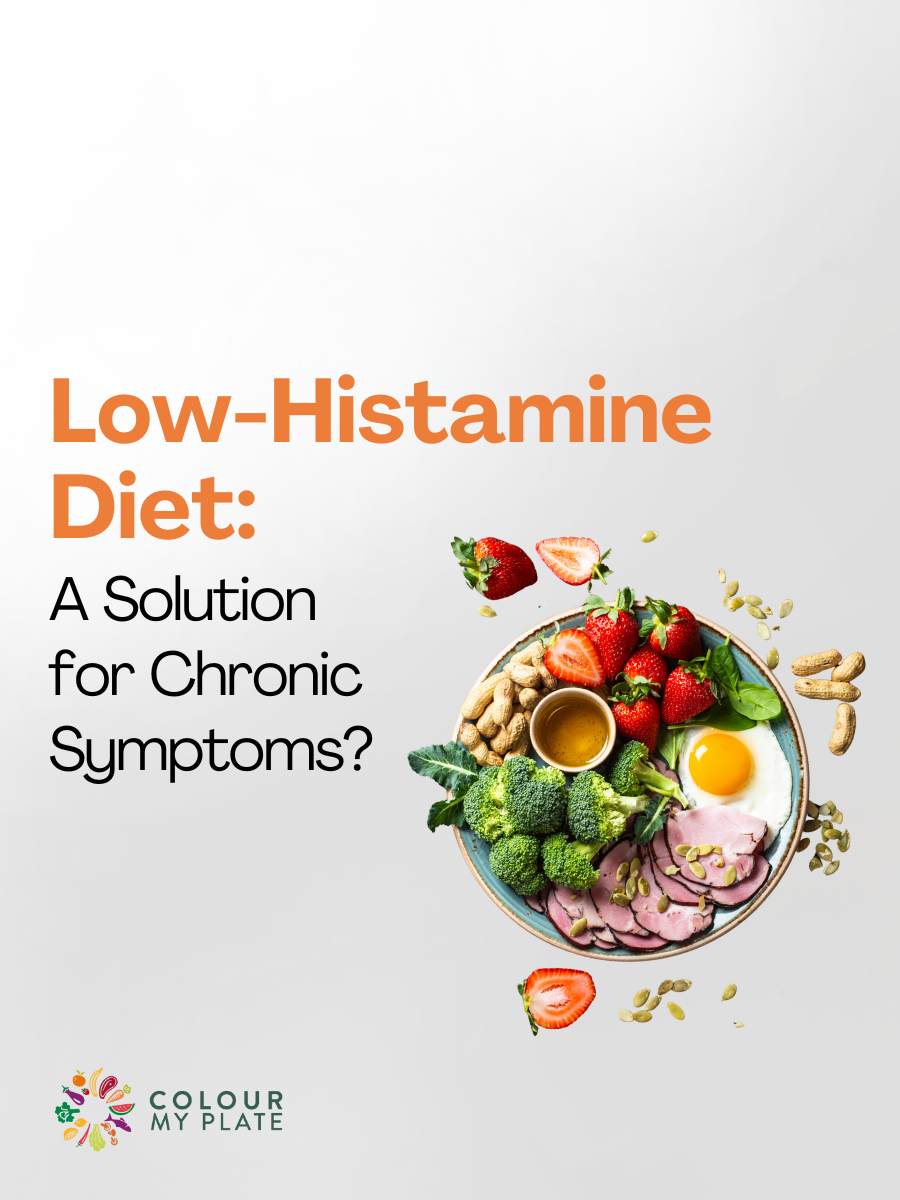
![]() 3 Sep 2025
3 Sep 2025
If random bloating, flushing, or stubborn headaches keep showing up without a clear reason, you’re not alone. For some, histamine intolerance might be the hidden trigger. It’s not always easy to pinpoint, but for people dealing with chronic symptoms, the low-histamine diet is gaining attention as a possible way to find some relief.
Histamine is a natural compound involved in digestion, immune response, and even brain function. It’s released by the body during allergic reactions, but it’s also present in many foods. Normally, enzymes break down extra histamine, especially one called diamine oxidase (DAO). But when there’s too much or the body can’t break it down properly, symptoms may appear, often looking a lot like allergies or digestive issues.
Intolerance can show up in all kinds of ways, including:
Headaches or migraines
Skin irritation or hives
Bloating, gas, or diarrhea
Flushing or a runny nose after meals
Irregular blood pressure or heart palpitations
These symptoms don’t mean histamine is definitely the cause, but they can raise a red flag, especially if they’re triggered by certain foods.
A low-histamine diet limits foods known to be high in histamine or to trigger it’s release. These often include:
Aged cheeses and cured meats
Fermented foods like sauerkraut or soy sauce
Alcohol, especially wine and beer
Leftovers (levels increase the longer food sits)
Shellfish, spinach, tomatoes, and eggplant
The diet is usually followed short-term, as an elimination phase. If symptoms improve, foods are gradually reintroduced to see which ones cause reactions.
Some small studies and case reports suggest that a low-histamine diet can reduce symptoms in people with suspected intolerance. That said, histamine intolerance is still poorly defined, and testing isn’t always reliable. There’s no single lab test to confirm it, so diagnosis often relies on symptom tracking and diet response.
While cutting out high-histamine foods may help some people, it’s not a one-size-fits-all fix. This kind of diet can be restrictive and may limit foods rich in nutrients like probiotics or fiber. Working with a dietitian can help keep meals balanced and ensure no unnecessary foods are eliminated.
Also, symptoms like those listed above can have many causes, including IBS, allergies, or hormonal imbalances, so it’s worth getting proper medical advice before jumping in.
This diet might offer relief for people struggling with unexplained chronic symptoms. It’s not magic, and it’s not forever, but in some cases, it could be part of the puzzle. If symptoms like bloating, flushing, or skin irritation have been lingering without answers, talking to a healthcare provider might be worth exploring.

We noticed you haven't completed your delivery details.

Your message is sent